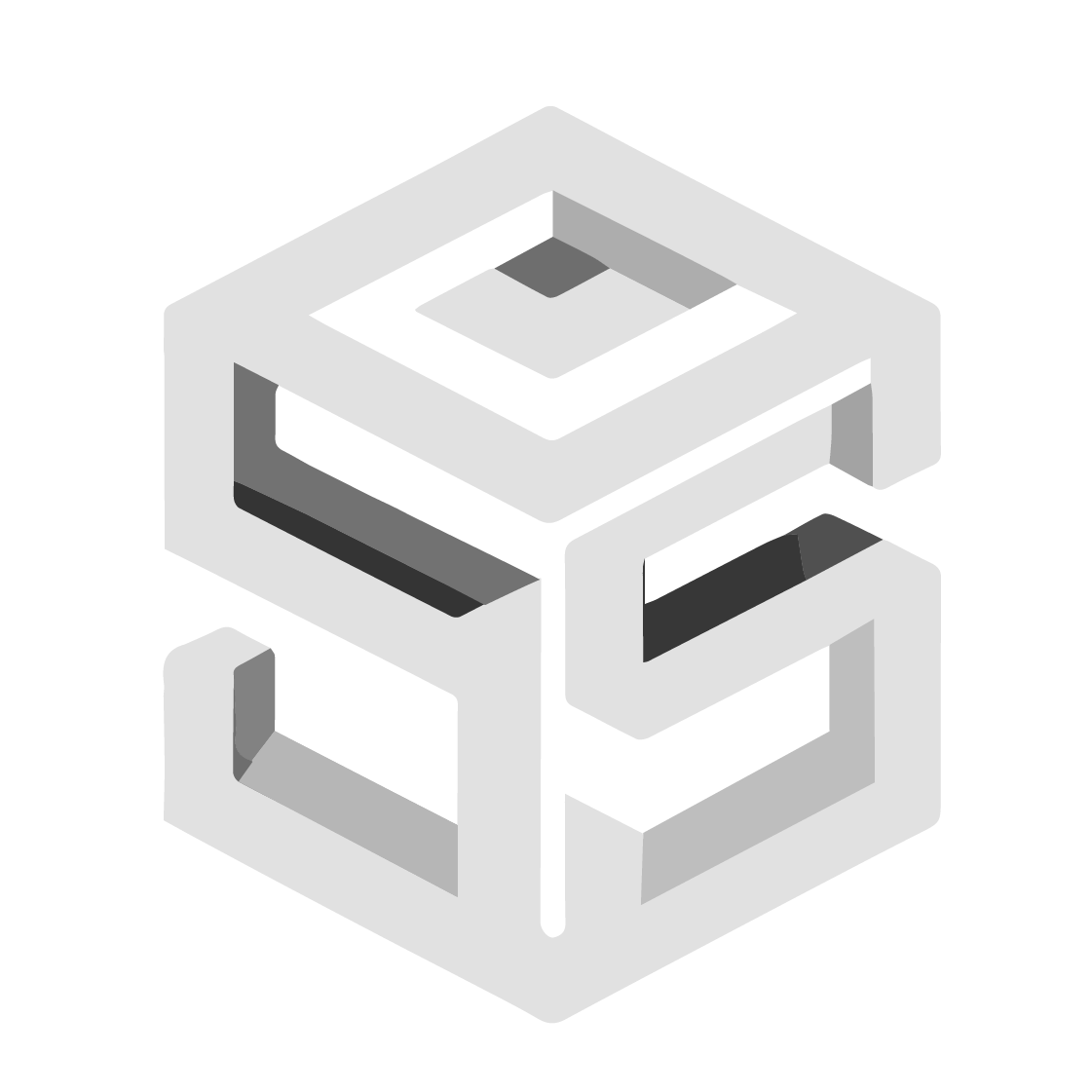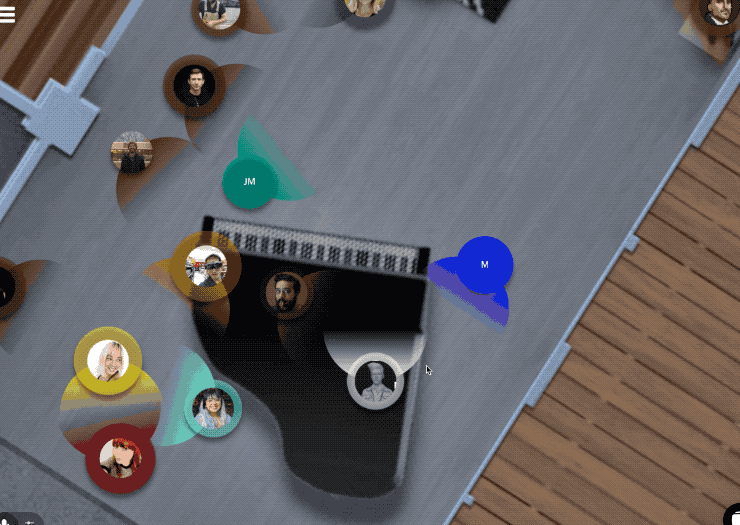Rajesh Bilimoria, Vice-President of Continuum[singlepic id=841]Rajesh presented on some of the current intricacies of how money is used and ways to create new offerings for consumer financial products and services.
Case studies Rajesh cites case studies like Kenya's M-Pesa, Visa's black card (which he says the concept actually existed as a myth among aspirational users before it was a real Visa offering), and the work Continuum did to improve the online banking of BBVA. Rajesh mentions samples of their research process and method of moving from concept works to usability testing in order to validate are the right user tasks can be executed.
Their wireframe was unique, as it highlights the user's priorities, not just the functional aspect of what it means for BBVA, but what it means for BBVA's users. It's similar to what Monica Bueno presented at the Service Design Conference in Cambridge last year on the visibility of service design hierarchy by a website's layout. [singlepic id=849] [singlepic id=850] layout shows the importance that the business places on their own offerings and depts.
Context and needs matter. Highlight the opportunity. "Context and needs of how people live" frame the opportunity. He stresses the discrepancy between priorities, where "what's important to the company often isn't the most important thing to real people." "We have to shift" that way of thinking so that, "the consumers' focus is our focus."
[imo Reframing those priorities can make the interaction much smoother when the consultant can let their client know what the client's consumer expects.]
"We can easily ignore the complexities of our interactions, but it is these complexities that create the opportunities for real innovation." [singlepic id=840]
For example, the mobile telecom industry is focused on driving ARPU (average revenue per user). If that is the driving priority of the business, it is does not create a very positive user experience. See more on what Umair Haque dubs "fake costs" in the telecom and banking industries. http://www.managementexchange.com/blog/why-business-brain-dead-and-how-wake
Experience Rajesh places emphasis on pursuing experience as a driver for improving offerings, and revenue.
Metrics I am interested in how you develop metrics for an experience that you're not yet sure what it will bring.
New system of metrics [singlepic id=847] Rajesh mentions "If we just use the metrics we have now as metrics of success, that's a good way to kill ideas. And if we use yesterday's perspective and yesterday's lenses, we don't give today's ideas time to breathe." One method is to use experiential metrics that initially framed your prototyped idea. The parameters that define how are you delivering on it can be turned into dimensions for new metrics. That will help the client keep fidelity after it is implemented.
[singlepic id=838] Bruce Nussbaum notes that "a good way to kill innovation is to apply one set of [existing] metrics to a new experience."
Application from different domains (possibly look into Doblin Group's Ten Types of Innovation for measuring impact) Are today's measurements relevant to what we are implementing? Another way is to look to a competition's metrics as well as other domains, offerings that are experientially similay may have metrics that are similar.
[Blockbuster did charge a lot of "fake costs." For example "late returns" used to always charge the renter a fee, but how often did that late return cause a film to be "out of stock." A title with less copies, but not empty, may actually have helped encourage browsers (people that were browsing) to think that it was a hot film.]
Rajesh says that "Not that everything in the past that is bad," but says "starting with experiential metrics as business metrics have to support that."
Continuum "looks carefully to understand, think about what things mean, create new ideas that build on our understanding and thinking." Like Jason Severs of frog design, Rajesh also suggests taking the client out into the field. He also notes the importance of story telling. This isn't just used to show the client the existing conditions that a user encounters, but also envisioning a future scenario.
---------------------
Organizations An increasing part of our work is figuring out how an organization needs to adapt. Nothing can kill an organization that is advserse to change.
Embrace Complexity SImplifying problems can help us meaningfully address human complexity and our world.
[singlepic id=843]
Rajesh's thoughts on currency
[singlepic id=839] CONCEPTS for developing a new financial services system for Gen-Yers "It's not the saving that's hard, it's starting the habit of saving that is hard." - Rajesh "And it's reducing your debt" - Bruce Rajesh spoke about the concept of a model where instead of a service offering a you a deal to pay and recieve something (Groupon-eseque), you may get a deal for future (with investment appreciation).
My thoughts on the presentation While the main case study, BBVA, was a website, I really appreciate Rajesh speaking about experience outside the context of just web and digital services. He did not even have to specifically define that he was talking about people, users and their lives. He framed the presentation well and spoke broadly with specific examples where the main points were about human behavior. Even when showing the case study for BBVA, he showed research photos of user's physical desk setup, videos of users engaging with digital prototypes and images of users working with paper prototypes.
I am excited to see what design consultancies can offer in terms of service design and designing pathways for experience that are not solely web based.
[nggallery id=63]
This lecture is part of Bruce Nussbaum's Design At The Edge lecture series. additional [singlepic id=846] mapping user habits

